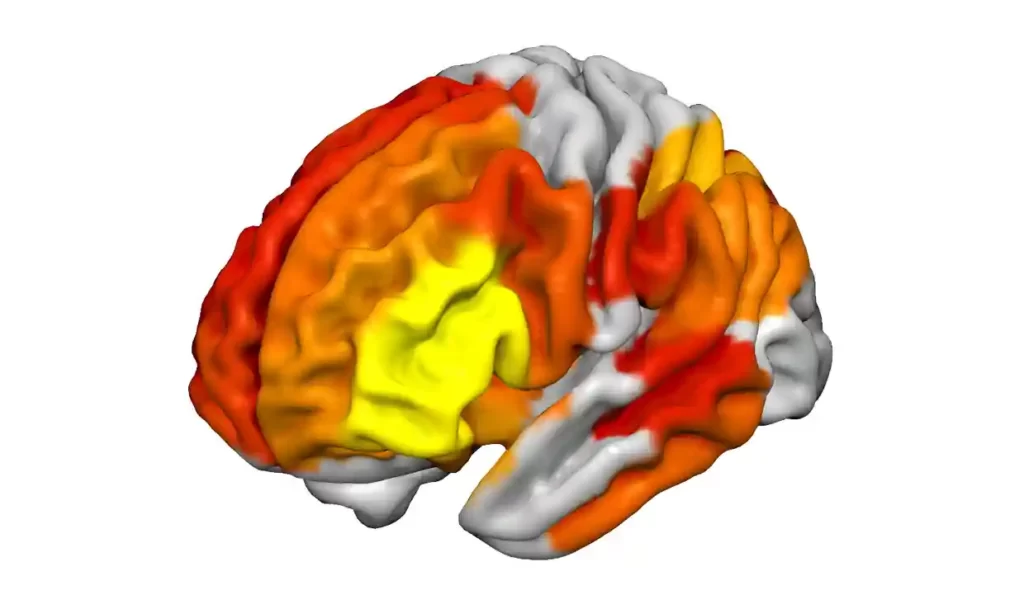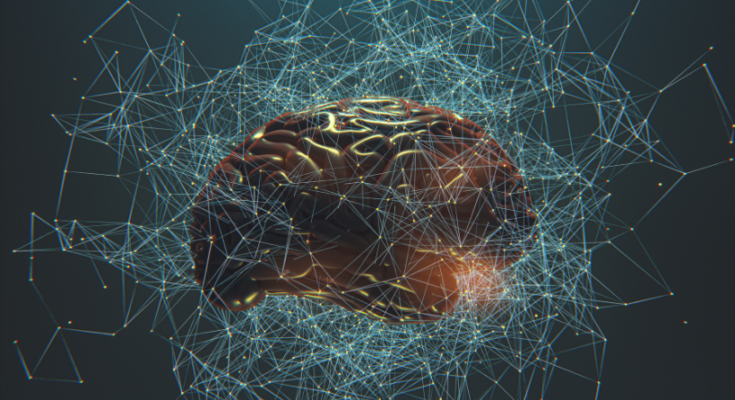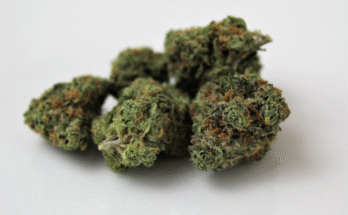The psychedelic compound DMT, found in the Amazonian drink ayahuasca, has long been used to induce powerful hallucinations and transformative experiences.
Scientists have now gained deep insights into the brain’s response to DMT by monitoring brain activity in volunteers who were given the drug in a clinical setting.
It was found that DMT breaks down the basic networks of the brain, causing them to become more connected to each other, particularly those handling “higher level” functions such as imagination, which evolved most recently in humans.
The study
Using electroencephalography (EEG) and functional magnetic resonance imaging (fMRI), scientists were able to see a significant impact on areas of the brain that are highly evolved in humans, particularly those involved in planning, language, memory, complex decision-making, and imagination, while older systems in the brain were disinhibited.
Following a 20mg injection of DMT, the brain’s networks became hyperconnected, communication between different brain regions became more fluid, and brain activity became more entropic or information-rich.
“The stronger the intensity of the experience, the more hyperconnected were those brain areas,” said Chris Timmermann, head of the DMT research group at Imperial College London, where the study was conducted.
The dose also induced experiences including strong visuals, alternate dimensions, entity encounters, disembodiment, and mystical states.
“At the dose we use, it is incredibly potent,” Robin Carhart-Harris, a professor of neurology and psychiatry at the University of California, San Francisco, told the Guardian.
“People describe leaving this world and breaking through into another that is incredibly immersive and richly complex, sometimes being populated by other beings that they feel might hold special power over them, like gods.”

Clearest picture yet
Published in the journal Proceedings of the National Academy of Sciences, the results provide the most advanced picture yet of the human brain on psychedelics yet.
The researchers suggest that this ability to make brain activity more flexible could underpin the profound psychedelic experience and the promising results from early clinical trials using DMT to treat depression in combination with psychotherapy.
They suggest that while newer, more evolved aspects of the brain disregulate under DMT, older systems in the brain may be disinhibited, similar to what happens during dreaming.
While the scans and EEGs provide an unprecedented view of the brain on DMT, the researchers believe that there is still more to learn about how this compound works to alter consciousness so dramatically.
This study is just the beginning of cracking the question of how DMT works, but it provides valuable insights into the brain’s response to this powerful psychedelic compound.
See this Twitter thread by the lead author of the study, Chris Timmermann, for a more detailed explanation what what was observed.
DMT: the spirit molecule
DMT (dimethyltryptamine) is a psychedelic substance that is found naturally in certain plants and animals, including the human brain. It is often referred to as the “spirit molecule” because of its potent effects on consciousness and reported mystical experiences.
The use of DMT by humans has a long history, with evidence of its use in shamanic practices in South America dating back thousands of years. Indigenous peoples in the Amazon region have traditionally used DMT-containing ayahuasca in their spiritual ceremonies for healing and divination.

In the modern era, DMT has gained popularity as a recreational drug and as a tool for spiritual exploration and personal growth. It has been studied for its potential therapeutic benefits, particularly in the treatment of depression, anxiety, and addiction.
Psychedelic revolution
Research into DMT and other psychedelics has the potential to revolutionise our understanding and treatment of mental health issues.
Psychedelics have been shown to activate regions of the brain that are typically inactive or underactive in people with mental health issues.
Studies have found that they can enhance the effects of psychotherapy and promote neuroplasticity, the brain’s ability to reorganise and form new neural connections.
Unlike other psychedelics such as psilocybin and LSD, DMT is short-acting, which makes it a very flexible tool for therapeutic purposes.
If you plan to use psychedelics yourself, it’s important to approach these powerful substances with respect by educating yourself and seeking guidance beforehand, as they can also have potential risks and negative side effects.
Sign up to our newsletter below for more psychedelic news, guides and insider tips…




